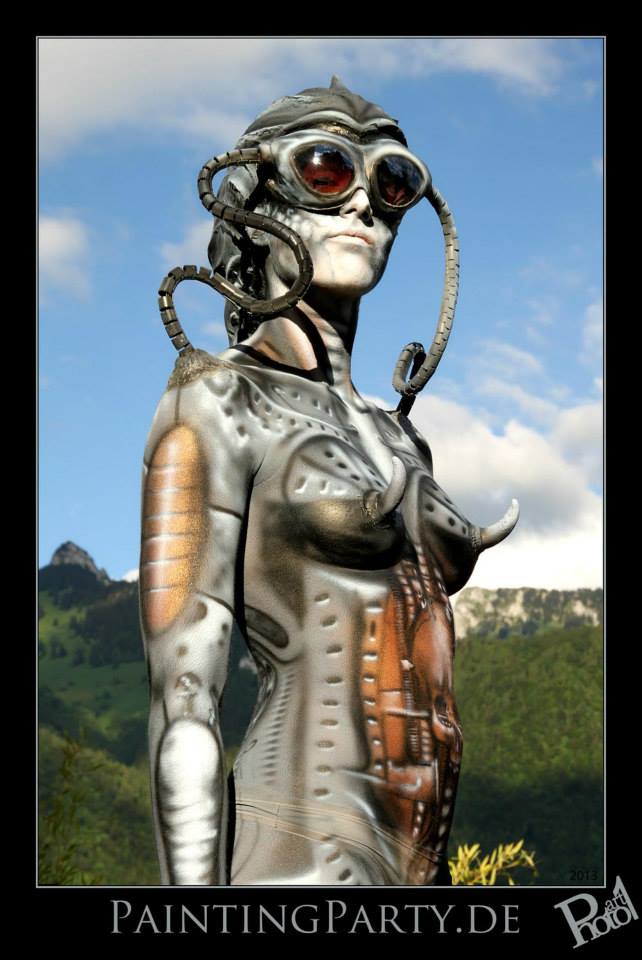How to stop Time
Finding Peace in a World That Never Stops
In today’s fast-paced world, it’s easy to feel like time is slipping through our fingers. Maybe you can relate to endless to-do lists, constant notifications, and the pressure to always improve. This often leaves us stressed and overwhelmed.
Stress affects on our mental and physical health, can lead to burnout, anxiety, and illness.
Surely everyone has dreamed of stopping time every now and then…
But what if I tell you that we could? Not literally, but in a way that changes how we experience it—stretching moments to feel longer, savoring the present, and finding clarity in the chaos.
In our short film Metamorefire, time stopping serves as the initianor for transformation, the opportunity for growth.
Why “Stopping Time” Matters
Stress and rush compress our sense of time, making us feel trapped in an endless race. This leads to:
- Increased cortisol levels, which can damage the body over time.
- Reduced attention span and focus.
- A sense of disconnection from ourselves and others.
On the other hand, learning to “stop time” can:
- Reduce stress and anxiety.
- Improve mental clarity and focus.
- Enhance feelings of joy and connection.

Science of Time Perception
Our experience of time is subjective, influenced by attention, emotions, and engagement.
See also the blog post: “Why we perceive time differently”
Research suggests:
- Mindfulness Slows Time: A 2019 study published in Frontiers in Psychology found that mindfulness meditation can alter time perception, making moments feel longer and more meaningful.
- Flow States Expand Time: Activities that fully engage us, like creative work or sports, create a state of “flow” where hours can feel like minutes. This immersion is linked to increased dopamine release, which boosts mood and focus.
- Chronostasis Phenomenon: When we focus intently on a new stimulus, our brain creates the illusion that time has paused briefly, highlighting how malleable our perception can be.
Practical Ways to Stop Time
Meditate Daily
Meditation is a proven way to slow down your perception of time. Even 10 minutes of focused breathing or mindfulness practice can:- Calm your nervous system.
- Reduce stress hormones like cortisol.
- Increase present-moment awareness.
Start by simply focusing on your breath. Where do you feel it in your body? Whats it’s length and rythm? Try to count to 10 breaths without loosing attention. Voila! That was a very simple meditation.
- Engage in Nature
Spending time outdoors helps reconnect you to natural rhythms. Activities like walking in the forest or stargazing slow down your perception of time. Nature therapy has been shown to lower stress and improve overall well-being. After all, we ARE nature and our current stress is party caused by disconnection from our nature rythms, the indoor living and so on.
- Clear Your Space
A clutter-free environment creates mental clarity. Spend a few minutes daily or one intense day a month for decluttering your workspace or home to reduce distractions and stress.
- Stretch and Move
Physical tension can make you feel “tightened” in time. Gentle stretching or yoga helps release this tension and brings you into the moment. Here is a 30 minutes Yoga Class for all levels for you:
- Practice Gratitude
Reflecting on what you’re grateful for shifts your focus to the present. Keep a gratitude journal and write down three things you appreciate each day.
- Immerse Yourself in Creativity
Activities like drawing, painting, or dancing immerse you in the present. This is where Metamorefire draws its power: the protagonist’s journey of transformation begins when time stops, allowing space for creative expression and self-discovery.
Start Small, Transform Big
You don’t need to change your life to “stop time.” Begin with one or two of these techniques:
- Spend five minutes each morning meditating.
- Go for a walk and leave your phone at home.
- Take a deep breath before diving into your next task.
Over time, these small changes can profoundly impact how you experience life.
Stopping time isn’t about halting the clock—it’s about making every moment count.
Lessons from Metamorefire
In Metamorefire, time stopping is a turning point. Initially seen as catastrophic, it becomes the key to transformation.
The stillness allows the protagonist to step back, reflect, and reconnect with the inner wisdom. This mirrors what we can achieve when we pause in our own lives: finding clarity, rediscovering passion, embracing change.

How do you stop time in your own life? Share your thoughts and tips in the comments below!































